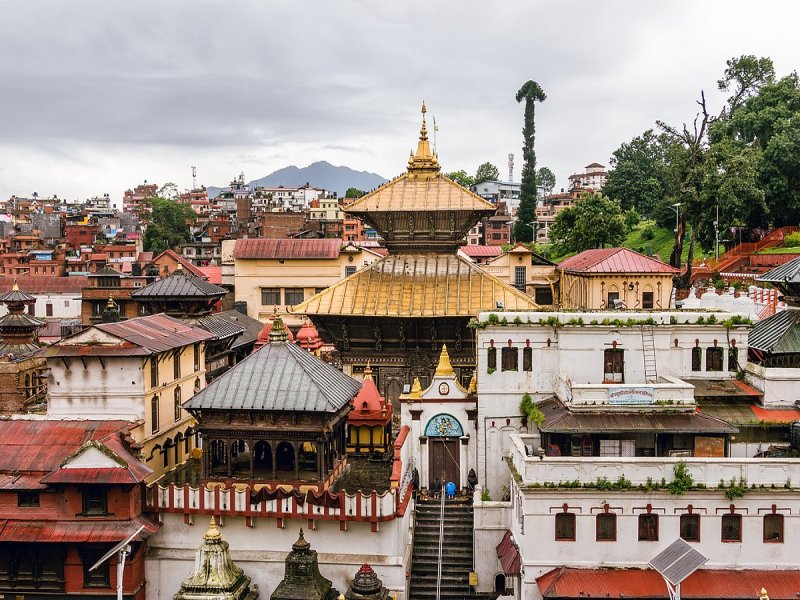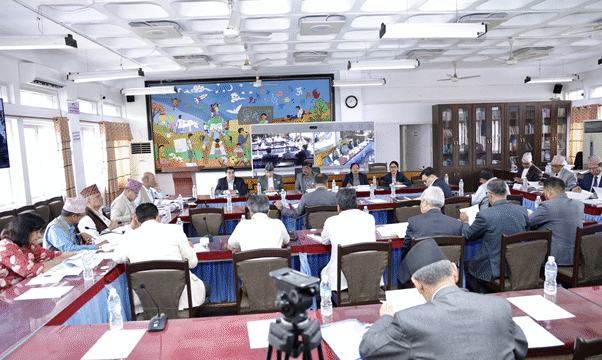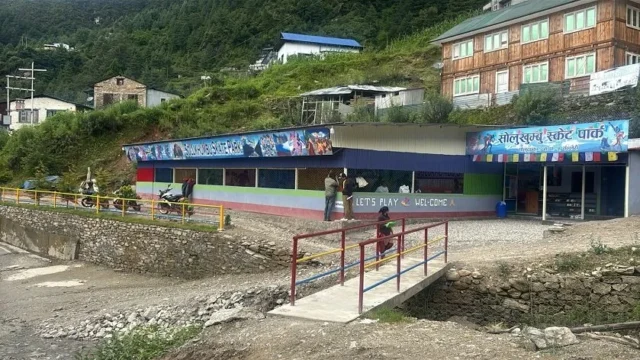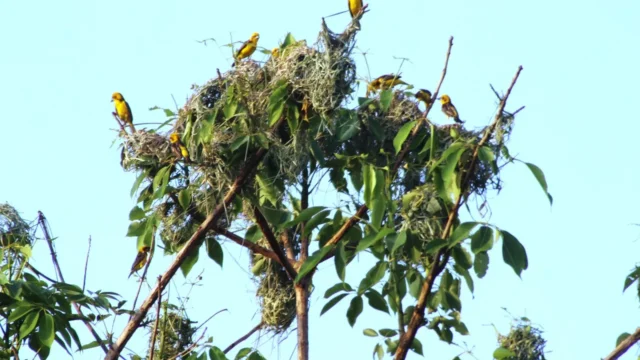A significant religious event, the Koti Hom Mahayagya, is scheduled to begin at Banakali within the Pashupatinath temple premises on July 16. Organized by the Human Service Foundation in collaboration with nearly a dozen other organizations, preparations for the month-long event are nearing completion.
The Mahayagya will feature blessings and discourses from renowned spiritual leaders including Jagadgurus, sadhus, saints, and mahants. Prominent storytellers such as Pandit Dinbandhu Pokharel, Radhika Dasi, Chandrakala Sakhi, and Devi Pratibha will also participate.
Activities throughout the Mahayagya will include the recitation of various Puranas by 108 priests, continuous Vedic rituals, Kanya Puja for over 100 girls, Tuladan for thousands of devotees, honoring senior citizens, and the construction of a mountain of rice, known as Tandulachal.
Yesterday, the Gangamai Rath Yatra, an ancient procession held to invoke rain, concluded in the Pashupatinath area. Held annually on Ashadh Shukla Saptami, the event involves the divine chariot procession of Goddess Gangamai, the water deity of the Pashupatinath region.
Rewati Raman Adhikari, spokesperson for the Pashupati Area Development Trust, emphasized that this tradition is believed to ensure rainfall and prevent droughts. “This procession has been continued since ancient times, as it is believed to bring prosperity,” he stated, noting that the tradition includes a ceremonial salute by the Gurujyu’s platoon as part of the state’s celebration.
The Trust maintains this ritual as a symbol of the Gangamai Yatra, underscoring its importance in the Pashupati region, a significant site for the Shakta sect. Dr. Milan Kumar Thapa, Member Secretary of the Development Trust, added that the tradition of bringing Ganga from heaven to earth through this procession is believed to ensure nationwide rainfall for agricultural purposes.
The chariot procession featured the eight-metal statue of Goddess Ganga from the sanctum of the Pashupatinath temple. It paraded through the sacred Devmarg in the Pashupati area, with participation from local residents and devotees from across the country and abroad. Following tradition, the chariot began its journey from the Vajraghar of Pashupatinath, passing through Banakali, Gaushala, and Jayabageshwari before returning to Pashupatinath.






